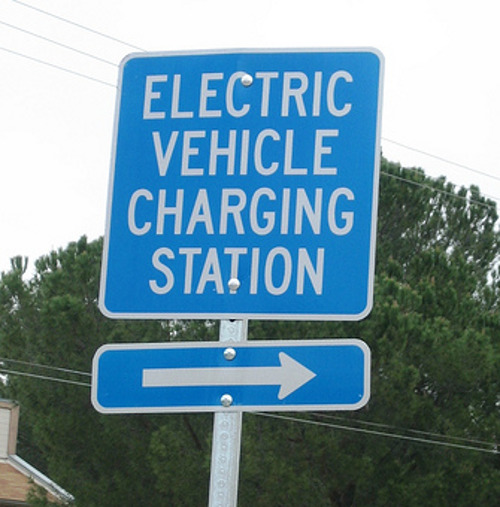Welcome to this week’s 21st Century Technology headlines. Each week I select a few interesting stories about technological innovation that more often helps rather than hurts the planet as we humans tackle the problems we face this century. As always I encourage you to comment, ask questions and provide input on topics I write about or feature.
This week I look at technology headlines in the fields of biomedicine, climate change science, energy, manufacturing, and transportation. Enjoy the read.
Biomedicine: Synthesizing Human Parts Using Nano-materials and Stem Cells
From Russia with love, a story about doctors at the Krasnodar Regional Hospital who recently provided two patients who had lost their larynx and trachea in car crashes with laryngotracheal implants. First the Russian doctors used a nano composite synthetic scaffold developed by Nanofiber Solutions, a U.S. manufacturer. The scaffolds were shaped to fit each patients larynx and trachea. Then they were seeded with stem cells extracted from each patient’s bone marrow. Each scaffold was placed in a bio-reactor and rotated to assist in the regrowth of the tissue using the stem cells. The new tissue was then transplanted into each patient with no threat of immune-suppression.
Research is showing that bone marrow derived stem cells are extremely useful when developing other tissue types. Harvesting bone marrow stem cells is far less invasive than harvesting other stem cell types.
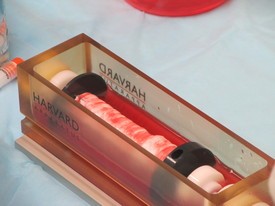
Climate Change Update: The Earth is Absorbing CO2 at Double the Rate since 1960
In the journal Nature this month researchers at NOAA, the National Oceanic and Atmospheric Administration in the United States, reported CO2 uptake by land and ocean is not a constant or declining as previously thought. In fact, net global carbon uptake has increased. Since 1960 human activity has produced 350 billion tons of atmospheric carbon. Of that total 55% has been absorbed by the Earth’s land masses and ocean waters. What’s more interesting is the rate of uptake goes up and down. In the 1990s scientists observed decreased CO2 uptake. In the first decade of the 21st century CO2 uptake increased. What this tells us is we really don’t have a full understanding of the planet’s carbon cycle.
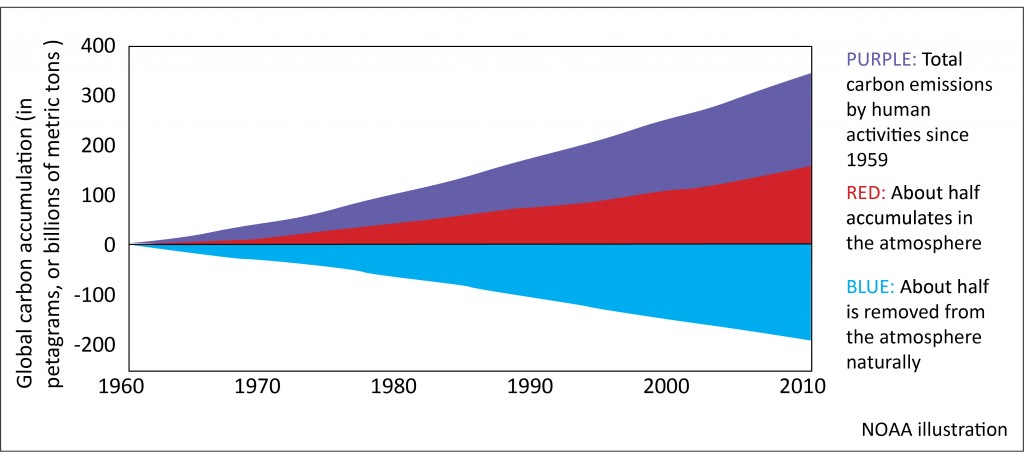
Energy Update: Australia Sees Most Potential with Solar Energy
The Australian Bureau of Resources and Energy Economics predicts by 2030 that solar photovoltaics will provide the lowest cost among 40 different energy producing technologies that it assessed. The study looked at coal (Australia is a world leading producer of brown and bituminous coal), coal gasification, natural gas, solar thermal, solar photovoltaic, wind, wave, geothermal, landfill gas, biomass, and nuclear in coming up with its conclusions.
The study took into consideration the reduction in cost and improvement in efficiency of photovoltaic arrays and concluded that the technology is becoming cost competitive with a payback within 5 to 10 years and system lifetimes of 25 years. For Australia the solar revolution is about to arrive. It makes sense for the driest and sunniest continent on Earth.
Current installed capacity has grown 1000% from 2009 to 2011 with 1031.1 Megawatts online as of August 2011.

Manufacturing Update: Unintended Consequences of 3D Printing
Mass customization is the promise of 3D printing technology. It can be used to produce drugs that help alleviate pain. It can be used to make human body parts that won’t be rejected. It can be used in space to manufacture technology for space. It can be used to create one-off products using computer-aided design software. But this week we learned about the dark side of 3D printing. You can make guns.
I keep seeing the image of John Malkovich, an ex-CIA employee, assembling a gun from some kind of plastic or polymer in the 1993 movie, In the Line of Fire, while sitting at a Presidential fundraiser. Well reality is catching up with fiction. You can see a picture of a 75% prototype and the finished full-scale lower half of a gun in the picture below. Both were created using a 3D printer. Apparently the designer is having ammunition feed and extraction issues and reports with a little oil and lubrication, and switching to brass cartridges, the gun successfully fires. Isn’t technological progress sometimes inspiring?
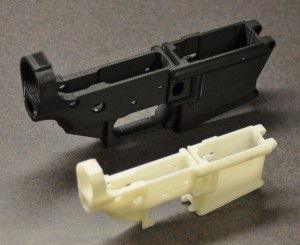
Transportation Update: Elon Musk Predicts 50% of New Cars will be electric by 2032
When recently interviewed, the CEO of Tesla Motors and SpaceX bravely predicted that within 20 years, and more probably in the next 12 to 15 years more than half of all new cars manufactured will be purely electric. Compare that to other automobile manufacturers who are much more conservative in their estimates. GTM Research, a consulting firm that studies the industry predicts by 2016 a 500% increase in electric vehicles (EVs) to 3.8 million in the United States. Compare that to the more than 250 million cars on U.S. roads today.
With electric vehicles on the road in increasing numbers, another challenge is emerging. Where, when and with what will we recharge all of these new EVs? An EV infrastructure will be needed. Among the contenders for public charging stations are GE with the WattStation, ECOtality with its Blink Charger, and the Coulomb ChargePoint. Utilities will also find themselves having to support this sudden increase in electrical demand. This means building a smarter grid with upgraded voltage regulation and high-voltage capacitors.
What would be a fair rate to charge your EV? The jury is still out on that but $1.00 an hour seems to be a benchmark.
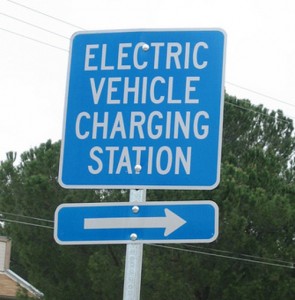
A Postscript
Find an interesting technology story, an innovation that can really make a difference for humanity and the planet in the 21st century- let me know. Readership has hit the 3,000 mark as we begin August. I thank all of you for visiting and am encouraged to see how many of you are repeatedly coming back. – Len Rosen
